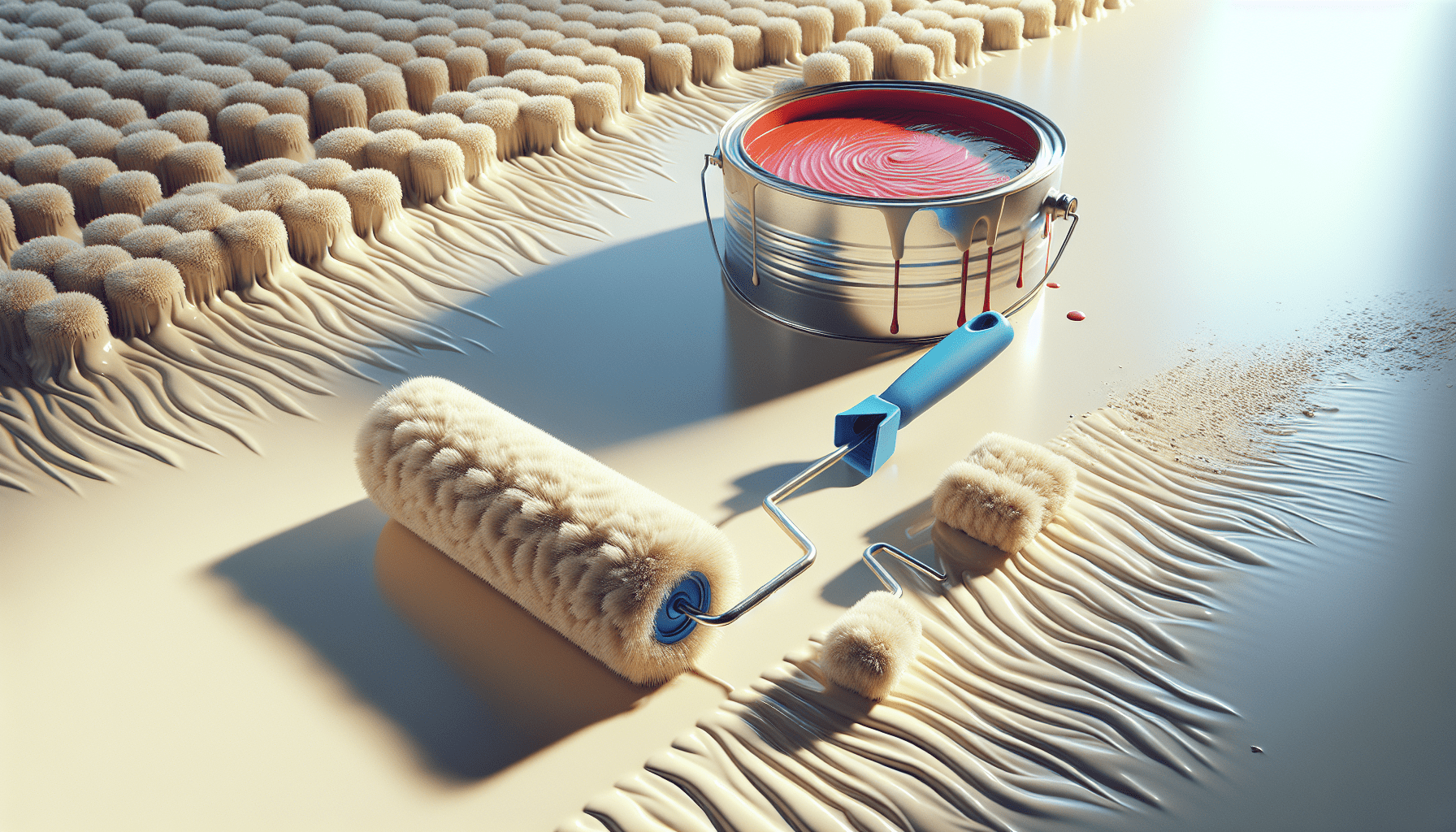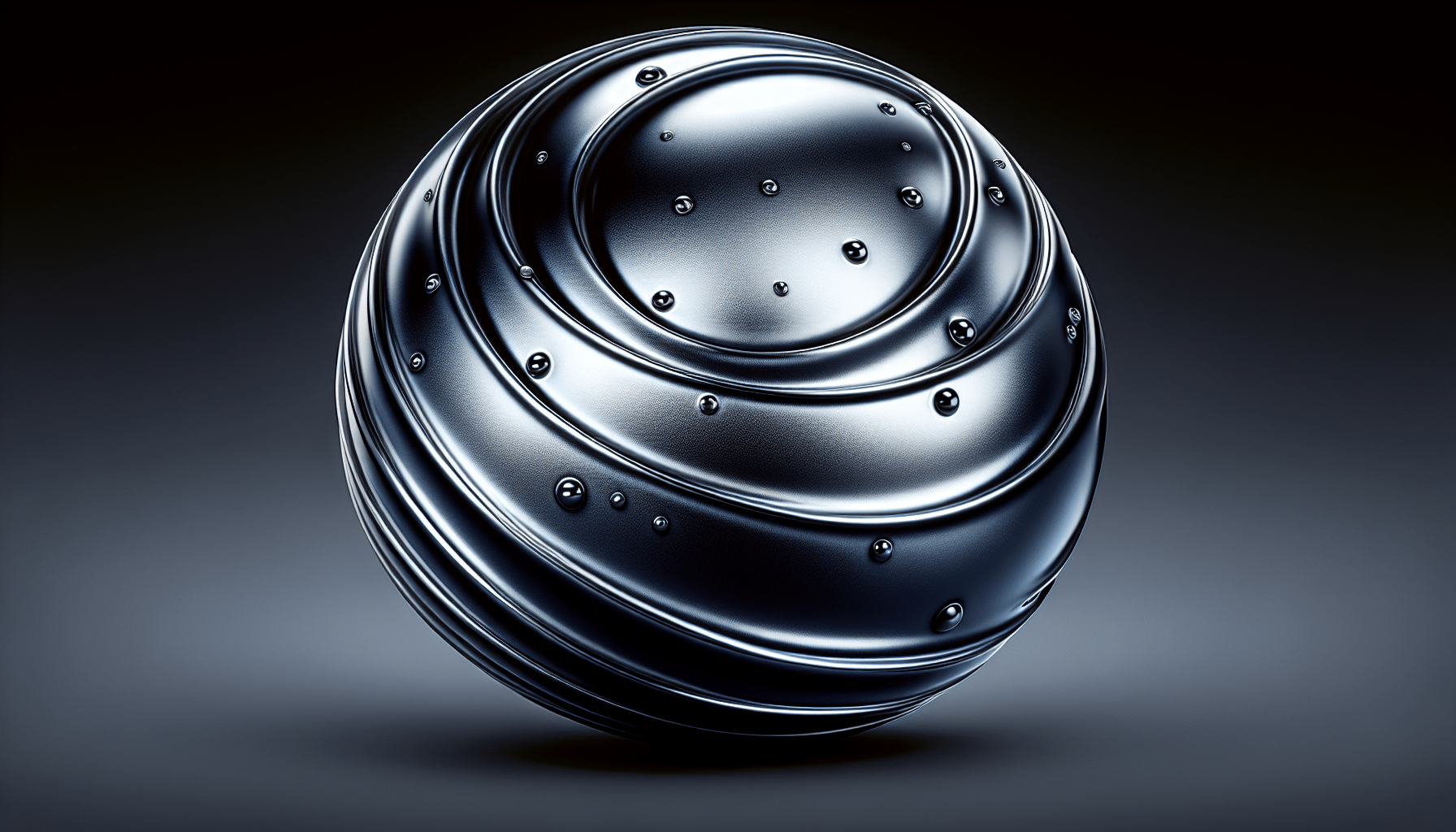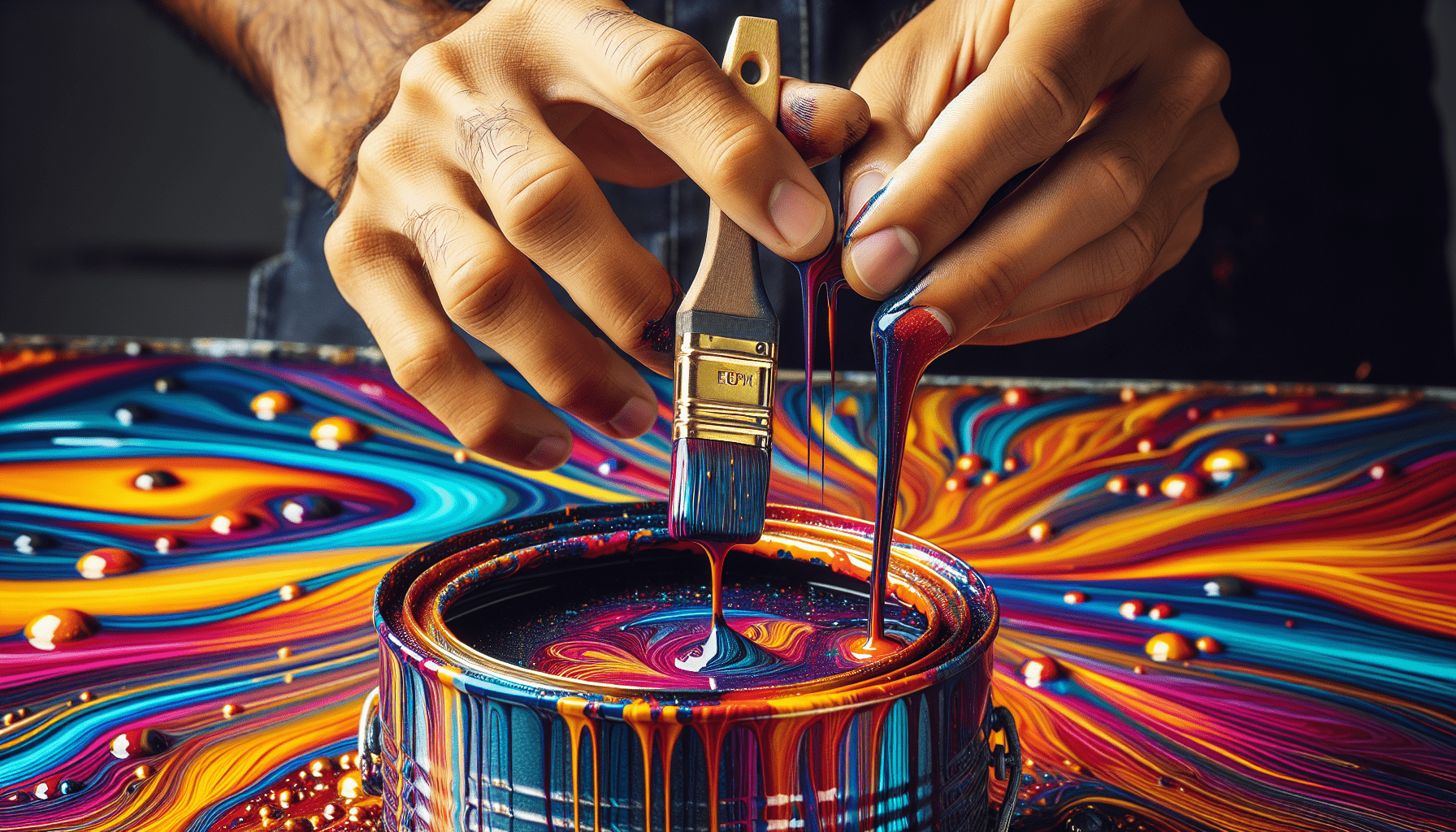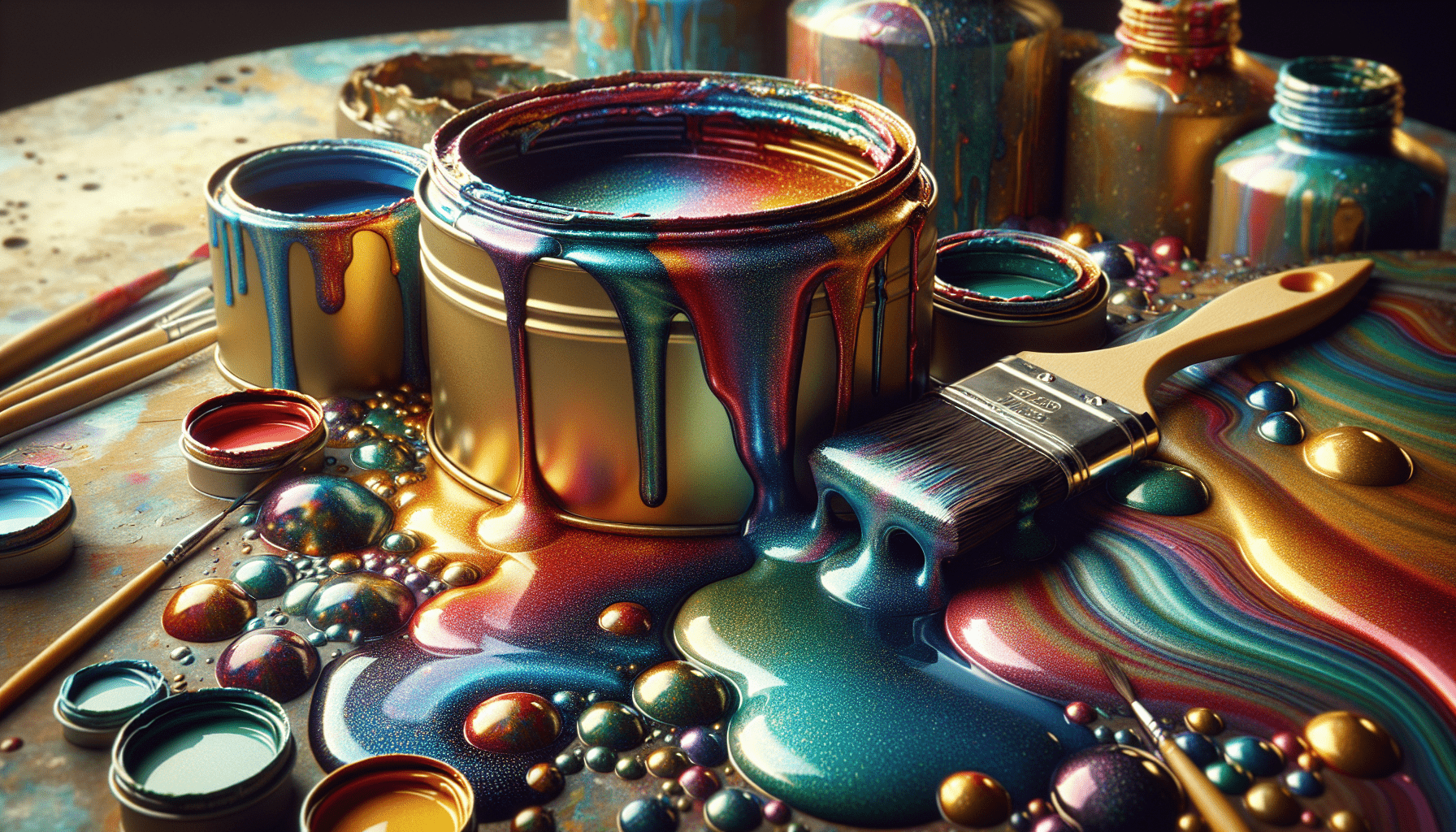In the realm of flooring options, epoxy coatings have gained immense popularity for their durability and aesthetic appeal. However, as styles and preferences change over time, you may find yourself contemplating whether it’s possible to give your epoxy-coated floors a fresh look by painting over them. This article explores the question of whether or not it is feasible to paint over epoxy floor coatings, considering various factors such as surface preparation, paint compatibility, and long-term durability.

Preparation
Cleaning the Surface
Before starting any painting project, it is crucial to thoroughly clean the surface to ensure proper adhesion and a smooth finish. Begin by sweeping or vacuuming the epoxy-coated floor to remove any loose dirt or debris. Then, use a mild detergent mixed with water to scrub the floor with a soft-bristled brush or mop. Pay close attention to areas with heavy grease or oil stains, as these may require more intensive cleaning methods.
Removing Dirt and Grease
In some cases, simple cleaning may not be enough to remove stubborn dirt or grease. For these situations, a degreaser or heavy-duty cleaner can be utilized. Apply the degreaser to the affected areas and use a scrub brush or sponge to agitate the surface gently. Be sure to rinse the floor thoroughly to remove any residue before proceeding.
Sanding the Coating
For optimal paint adhesion, it is recommended to lightly sand the epoxy coating. This step helps create a rougher texture on the surface, allowing the paint to adhere better. Use a fine-grit sandpaper or sanding block to lightly sand the entire floor. Be careful not to sand too aggressively, as this could damage the epoxy coating. After sanding, remove any dust or debris by vacuuming or sweeping the area.
Choosing the Right Paint
Selecting a High-Quality Paint
When it comes to painting over epoxy floor coating, choosing a high-quality paint is essential for a durable and long-lasting finish. Look for paints specifically formulated for use on concrete or epoxy-coated surfaces. These paints typically provide excellent adhesion, durability, and resistance to various factors such as abrasion, chemicals, and UV rays. Reading customer reviews and consulting with professionals can also help in selecting a reliable and highly-rated paint brand.
Considering Compatibility
To ensure a successful paint job, it is crucial to consider the compatibility of the selected paint with the existing epoxy coating. Some paints may not bond properly with certain types of epoxy, leading to peeling or cracking. To avoid such issues, consult the paint manufacturer’s guidelines or consult with a professional to ensure that the paint is compatible with the epoxy coating on your floor.
Opting for Epoxy Paint
For the best results and optimum compatibility, using epoxy paint is a recommended option when painting over an epoxy floor coating. Epoxy paint is specifically designed to bond effectively with epoxy surfaces, providing excellent durability and resistance. The use of epoxy paint ensures that the new coat blends seamlessly with the existing epoxy coating, creating a uniform and professional-looking finish.
Testing Compatibility
Performing a Small Patch Test
Before proceeding with the entire painting process, it is essential to perform a small patch test to check the compatibility of the paint with the existing epoxy coating. Select a small and inconspicuous area of the floor, such as a corner or under furniture, and apply a small amount of the paint. Allow it to dry according to the paint manufacturer’s instructions. After drying, examine the patch for any signs of poor adhesion, bubbling, or other issues. If the paint adheres well and creates a cohesive bond with the epoxy, it is safe to proceed with the full application.
Checking for Adhesion
In addition to the patch test, it is crucial to ensure that the existing epoxy coating is in good condition and has proper adhesion to the floor. Inspect the floor carefully and look for any signs of peeling, chipping, or areas where the epoxy has detached from the surface. If there are any adhesion issues, it is crucial to address them before proceeding with the paint application. Repairing any damaged areas and ensuring a strong bond between the epoxy and the floor is vital for a successful paint job.
Repairing Damaged Coating
Filling Cracks and Holes
Before painting over an epoxy floor coating, it is essential to repair any cracks or holes in the surface. These imperfections can affect the appearance and durability of the paint job. Use a high-quality epoxy crack filler or concrete patching compound to fill in any cracks or holes. Follow the manufacturer’s instructions for application and curing times. Once the repairs are complete, sand the filled areas lightly to create a smooth and even surface.
Smoothing Uneven Surfaces
If the epoxy coating has uneven areas or rough spots, it is recommended to smooth them out before applying the paint. Uneven surfaces can affect the quality of the paint application and the final result. Use a floor grinder or a leveling compound to even out the surface, paying attention to any high or low areas. Be sure to clean the surface thoroughly after smoothing to remove any dust or debris before proceeding with the painting process.
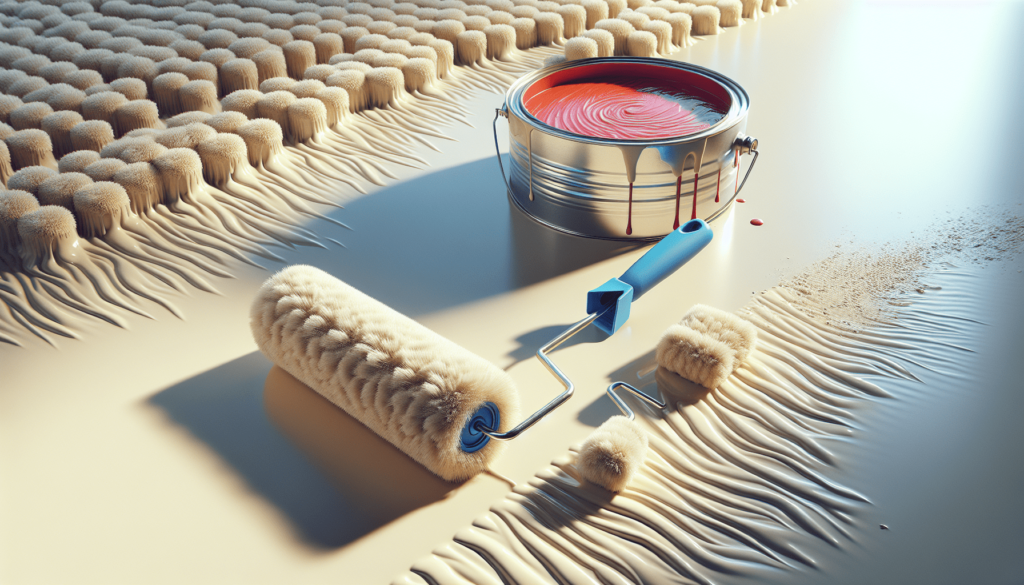
Priming the Surface
Applying a Primer
Priming the surface is an important step in ensuring proper paint adhesion and enhancing the durability of the paint job. Select a high-quality primer specifically formulated for use on epoxy-coated floors. Apply the primer according to the manufacturer’s instructions, using a paint roller or brush. A primer helps create a strong bond between the epoxy coating and the paint, ensuring a long-lasting and professional finish.
Ensuring Proper Drying Time
After applying the primer, it is crucial to allow sufficient drying time before proceeding with the paint application. The drying time can vary depending on factors such as temperature, humidity, and the specific primer used. It is recommended to follow the manufacturer’s instructions for the recommended drying time. Rushing the process can result in poor paint adhesion and a compromised finish.
Painting Techniques
Using a Paint Roller or Brush
When painting over an epoxy floor coating, using a paint roller or brush is the most common and effective technique. Select a high-quality paint roller or brush suitable for the type of paint chosen. Start by cutting in the edges with a brush, ensuring clean and straight lines along walls and corners. Then, use a paint roller to apply the paint in even, overlapping strokes. Work in small sections to maintain a wet edge and prevent visible brush or roller marks.
Applying Thin Coats
To achieve a smooth and professional-looking finish, it is crucial to apply thin coats of paint. Thick coats can lead to drips, uneven drying, and poor adhesion. Follow the paint manufacturer’s instructions for the recommended thickness. Typically, two or three thin coats are recommended to achieve complete coverage and durability. Allow each coat to dry thoroughly before applying the next, ensuring optimal drying and curing times.
Allowing Adequate Drying Time
Proper drying time is essential between each coat to allow the paint to dry and cure effectively. The drying time can vary depending on factors such as temperature, humidity, and the type of paint used. It is crucial to follow the manufacturer’s instructions for the recommended drying time. Rushing the process can lead to poor adhesion, premature wear, and an unsatisfactory finish. Ensure the painted surface is fully dry and hardened before subjecting it to foot traffic or heavy use.
Adding Texture or Patterns
Using Stencils or Templates
To add texture or patterns to the painted floor, stencils or templates can be utilized. These tools allow for creative designs and decorative elements, enhancing the overall aesthetics of the space. Select stencils or templates that are suitable for use on epoxy-coated surfaces. Secure the stencil in place and use a clean brush or roller to apply the desired color over the stencil, creating a patterned effect. Allow the paint to dry thoroughly before removing the stencil.
Creating Effects with Multiple Layers
Adding multiple layers of paint can create depth and visual interest in the painted floor. This technique is particularly effective when using different colors or shades of the same color. Start with a base coat and allow it to dry completely. Then, apply additional layers of paint using various techniques such as sponge painting, ragging, or faux finishes. Experimenting with different layering techniques can result in unique and visually appealing effects.
Finishing and Sealing
Applying a Clear Topcoat
Once the paint has dried and cured, applying a clear topcoat is recommended to protect and enhance the painted surface. Select a high-quality clear epoxy or polyurethane topcoat suitable for use on painted floors. Apply the topcoat according to the manufacturer’s instructions, using a paint roller or brush. The topcoat helps seal the paint, providing additional durability, resistance to abrasion, chemicals, and UV rays, and enhancing the overall finish.
Protecting the Painted Surface
To ensure the longevity and appearance of the painted floor, it is crucial to take appropriate measures to protect it from potential damage. Place felt pads under furniture to prevent scratches or scuffs. Use mats or rugs in high-traffic areas to minimize wear. Avoid dragging heavy objects across the floor, as this can cause scratches or chipping. Regular maintenance and care, as discussed in the following section, are also essential for maintaining the painted surface in its optimal condition.
Drying and Curing
Allowing Sufficient Drying Time
After completing the painting process, it is important to allow the painted surface to dry thoroughly before subjecting it to regular use. The drying time can vary depending on factors such as temperature, humidity, and the type of paint used. Follow the paint manufacturer’s instructions for the recommended drying time. While the surface may feel dry to the touch, it is crucial to allow sufficient drying time to ensure proper adhesion and durability.
Following Recommended Curing Period
In addition to drying, the painted surface also requires a curing period to achieve maximum hardness and durability. Curing times can vary depending on factors such as temperature, humidity, and the specific paint used. It is essential to follow the manufacturer’s instructions for the recommended curing period. During this time, it is important to avoid subjecting the painted surface to heavy use, excessive moisture, or harsh chemicals to allow the paint to fully cure and harden.
Maintenance and Care
Regular Cleaning
To maintain the beauty and longevity of the painted floor, regular cleaning is necessary. Sweep or vacuum the surface regularly to remove loose dirt and debris. For more thorough cleaning, use a mild detergent mixed with water and a soft-bristled brush or mop. Avoid using harsh or abrasive cleaners, as they can damage the paint. Rinse the floor thoroughly after cleaning to remove any residue, and dry it with a soft cloth or mop.
Avoiding Harsh Chemicals
When cleaning the painted floor, it is crucial to avoid using harsh chemicals, solvents, or abrasive cleaning agents. These substances can strip away the protective coating, dull the paint, or even cause fading or discoloration. Stick to mild detergents or specifically-formulated cleaners suitable for painted surfaces. Always test any new cleaning product in an inconspicuous area before applying it to the entire floor.
Preventing Scratches
To prevent scratches or damage to the painted surface, it is important to take precautions and avoid certain practices. Place felt pads under furniture legs to prevent scratching when moving or rearranging furniture. Avoid wearing shoes with sharp or abrasive soles on the painted floor. When moving heavy objects or equipment, use furniture sliders or take extra care to lift and avoid dragging. By practicing these preventative measures, you can help maintain the pristine appearance of the painted floor.
In conclusion, painting over an epoxy floor coating requires careful preparation, the selection of the right paint, and proper application techniques. By following the outlined steps for cleaning, selecting compatible paints, testing compatibility, repairing damaged areas, priming, applying paint, adding texture or patterns, finishing and sealing, allowing sufficient drying and curing time, and implementing proper maintenance and care, you can achieve a professional and long-lasting finish on your epoxy-coated floor.
